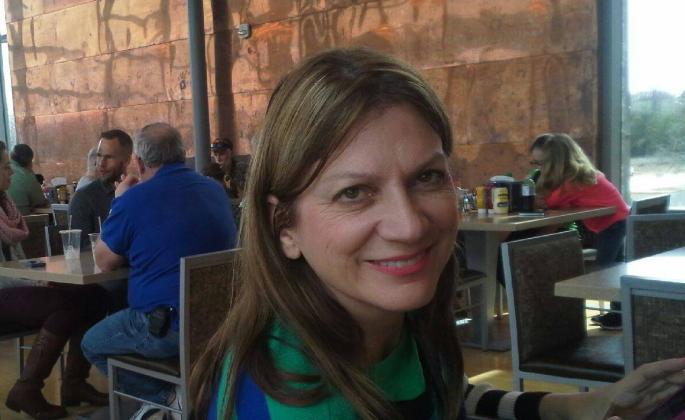Janet received her J.D. at the University of Iowa with an emphasis on poverty law, her M.A. from Columbia University, and her Ph.D. in art history from Harvard University, where her advisor, Dr. Suzanne Blier, created a digital map, "Africamap." These experiences, along with teaching "Native American Culture" and "Unblocking Creativity," as well as publishing books on Native American issues and collaborating with Pomo/Miwok, Modoc and Osage tribal leaders, led to realizing her creative dream of creating a digital map of indigenous nations and living cultures. After working with Victor Temprano, the Canadian creator of "Native Land," she received an Innovation and Strategic Planning Grant from Sonoma State University and the School of Arts and Humanities, with the assistance of former Dean Thaine Sterns and creativity and innovative research focus of the Hutchins School of Liberal Studies. The Innovation Grant led her, in collaboration with an international Board of Advisors, to apply for a National Endowment for the Humanities Digital Advancement grant.
She is very grateful to have received an NEH grant for “IndigenousMap: Mapping Indigenous American Cultures and Living Histories.” This project will produce a digital map of indigenous tribal and national regions, cultural histories and non-archaeological data, focusing in its first stage on the California tribes of the Modoc and Pomo/Miwok, and the once dominant plains nation of the Osage. The map aims to provide an open-access, online map for the general public to engage with tribally approved data related to indigenous peoples of the United States. Its goal is to provide data from tribal museums, natural history and art museums, private collections, and regional libraries and digital archives in one location. "IndigenousMap" will strive to document the continued presence and vitality of indigenous cultures, and help protect imperiled cultural languages and practices, providing a more inclusive and nuanced vision of what is understood as "American" history.

